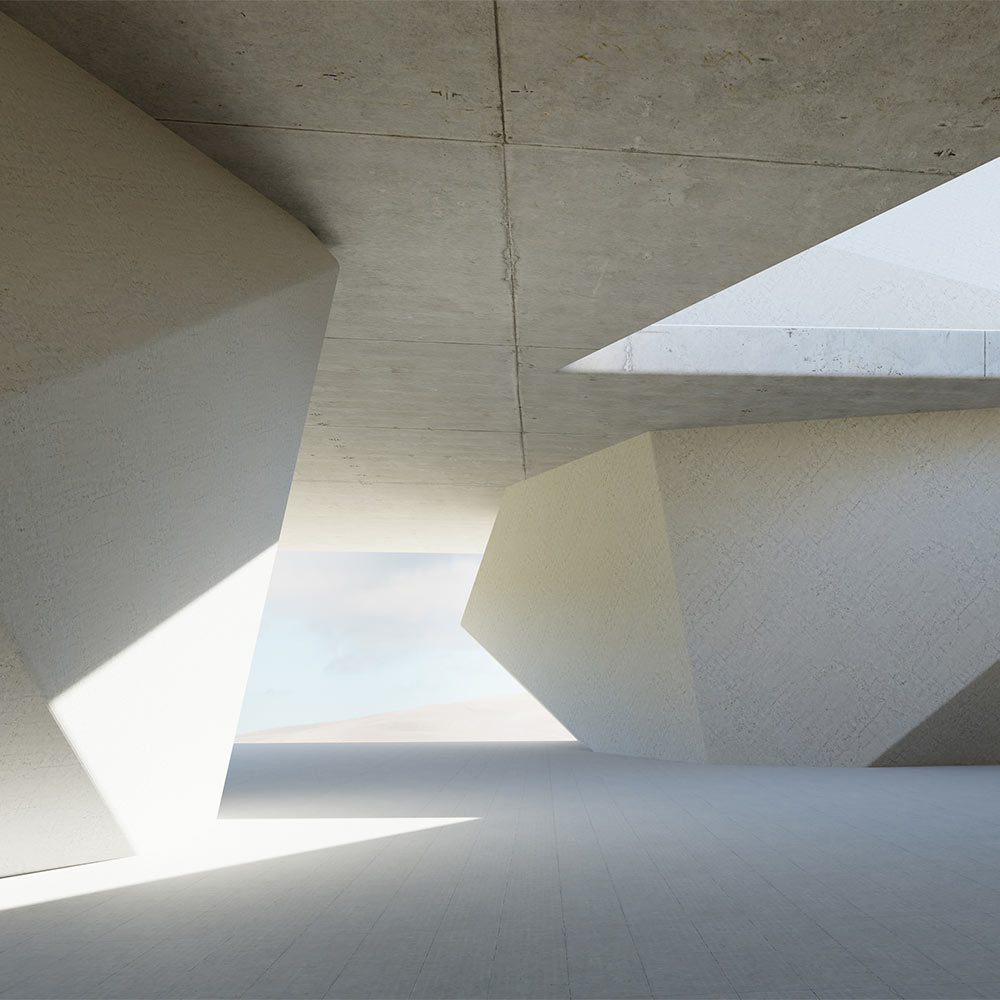Low-cost smart windows
Smart windows, varying the amount of light coming through the glass, can now be produced economically
Princeton University has developed a new, ultra-strong concrete structure inspired by the human femur.
The human body is an endless source of fascinating facts. For example, the human heart beats more than two and a half billion times over a person’s life. Another surprising area is bones: the human body completely renews all of its bones every ten years. Some bones, such as the femur, can withstand forces exceeding a thousand kilograms. It is this remarkable strength that led researchers at Princeton University to create a new bio-inspired material that enhances concrete strength by 5.6 times compared to conventional forms. Read on to explore one of the latest advancements in innovative concrete.
Drawing inspiration from the structure of the cortical bone that lines the human femur, U.S. researchers have devised an innovative technique to reinforce cement by incorporating cylindrical and elliptical holes.
This design, detailed in the scientific journal Advanced Materials, enhances the material's resistance to breakage by slowing the spread of cracks. The interaction between the cracks and the tubes triggers a hardening reaction that gradually dissipates impact energy. Unlike traditional cement, this new method offers increased durability and strength in demanding situations.
Instead of relying on additives like fibers or polymers, the team focused on optimizing the internal geometry of the concrete with advanced computational modeling. The precisely arranged holes mimic the irregular architecture of bone, significantly improving the material’s toughness. Additionally, they established a framework to measure structural disorder, allowing engineers to design more resilient building materials.

This reinforced concrete has vast applications in the construction industry, particularly in civil infrastructure requiring exceptional strength. The technique also benefits from advancements in additive manufacturing, potentially transforming how buildings and structures are constructed to improve safety and longevity.
The human body contains over 200 bones, enabling various movements—from standing and running to lifting objects and protecting fragile organs. Bones owe their strength to several key factors, such as composition, structure, and regeneration.
The human body contains more than two hundred bones that enable it to perform all kinds of actions, from standing to running, lifting objects or protecting delicate organs. Human bones owe their great strength to several factors, including their composition, structure and ability to regenerate.
If you are interested in learning more about biomimetic technologies and innovations like this beetle-shell-inspired material that enhances concrete strength and reduces environmental impact, subscribe to our newsletter.
Source:
All fields are mandatory.
Read the most discussed articles
{{CommentsCount}} Comments
Currently no one has commented on the news.
Be the first to leave a comment.
{{firstLevelComment.Name}}
{{firstLevelComment.DaysAgo}} days ago
{{firstLevelComment.Text}}
Answer{{secondLevelComment.Name}}
{{secondLevelComment.DaysAgo}} days ago
{{secondLevelComment.Text}}